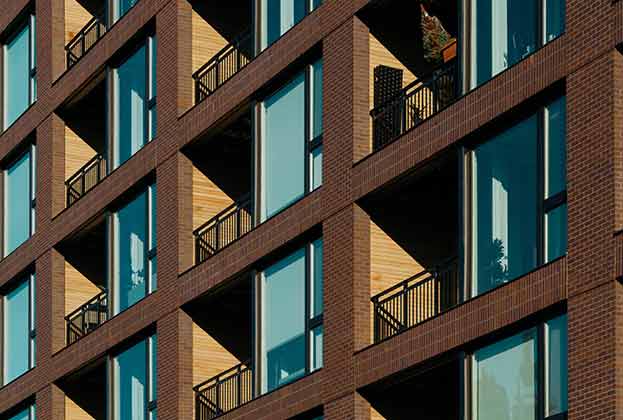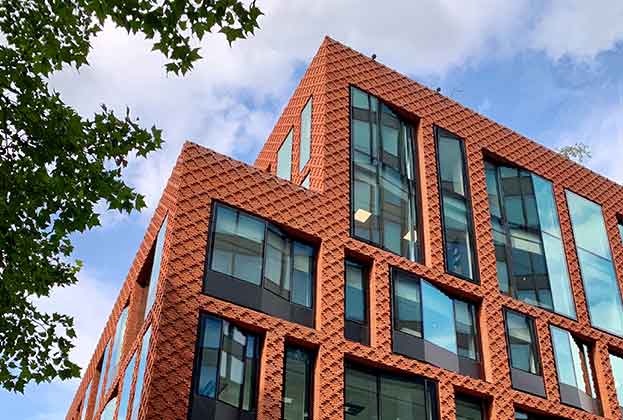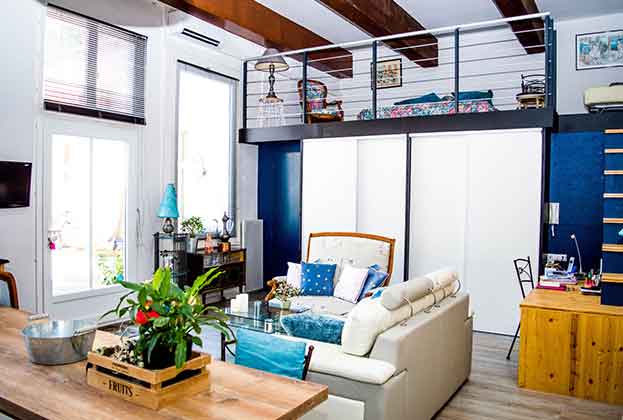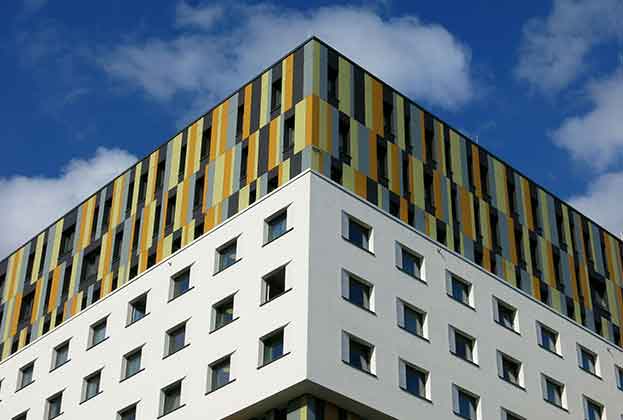As life expectancy increases and people live healthier lives for longer, where and how the ‘super-aged’ are going to live can’t be ignored. For real estate investors, this presents an opportunity
Super-aged tipping point
According to the UN, we’re on track for the worldwide number of over-65s to more than double to 1.5 billion by 2050. But many cities are already at the super-aged tipping point, defined as where the 65-plus age group makes up more than 20% of the population. These cities are mainly in Japan, Germany, Italy and France.
Joining them soon will be Russia, Spain, Poland and the USA. By 2035, China will have 71 super-aged cities and the USA will have 53.
While they are over 65, this is a youthful, healthy and mobile group of people.
This creates a major opportunity in senior living, and specifically the ‘housing with care’ subsector, a range of residential formats for older people that have broad appeal for investors. At its core, housing with care recognises this generation’s ability to live independently for longer, while also offering the benefits of being part of an organised community.
From independent-living housing schemes and retirement villages through to those with light-touch support, such as assisted living or extra care, super-aged living is a clear gap that needs to be filled. Yet, it is underdeveloped in many markets and requires an understanding of cultural, regulatory, and operational factors in order to unlock its growth potential.

Global leaders in housing with care
We can learn a lot from countries such as New Zealand and Australia, global leaders with major listed and private players who own large portfolios of retirement villages. Here, a transparent regulatory foundation for what operators and residents can expect has tipped the sector into meaningful growth. The USA, the most mature market globally, offers transferable lessons on integrating diverse housing formats and tenures on one campus.
However, market entrants need to be mindful of cultural and social differences. The relative vitality of future generations means that more are likely to be nationally or internationally mobile, and will want their housing to reflect this.
Culture and ageing in place
For now, those with a more traditional attachment to their family home tend to be falling in line with government policy, which is to encourage ‘ageing in place’ or providing services in the family home.
Singapore, for example, encourages downsizing, while supporting ageing in place by offering bonuses or promoting multi-generational living in apartments suited to three generations of family.
Prioritising ‘ageing in place’ could change for many markets if more of the right kind of product shows the benefits of communal living (which also frees up traditional housing stock).
There are also different traditions around caring for older generations. In Asia, culture dictates that parents are cared for by their children in old age. In China, it’s the law. Taiwan cuts off the inheritance of neglectful children. While these deeply-held beliefs might make these markets appear more challenging, just a small proportion of housing with care in each would offer huge investment potential.
Global models for housing with care
Housing with care is set to become a major real estate sector for investors. Think of it like student housing – operational assets that quickly became mainstream for many investors. It offers all the traits that attract investment into residential alternatives: a deep and growing demand, a lack of supply in many markets, and a consistent and secure rental income stream.
The market is moving towards a more flexible offering of tenure, with both traditional sale and rental models now being offered
Savills Research
The market is moving towards a more flexible offering of tenure, with both traditional sale and rental models now being offered. With an attractive supply/ demand imbalance, the potential for long-term stable income profiles and the chance to diversify from more traditional sectors, housing with care presents real estate developers, investors and operators with significant opportunities across Europe and beyond.
Read the articles within Report: Global Living – 2020 below.
.jpg)





